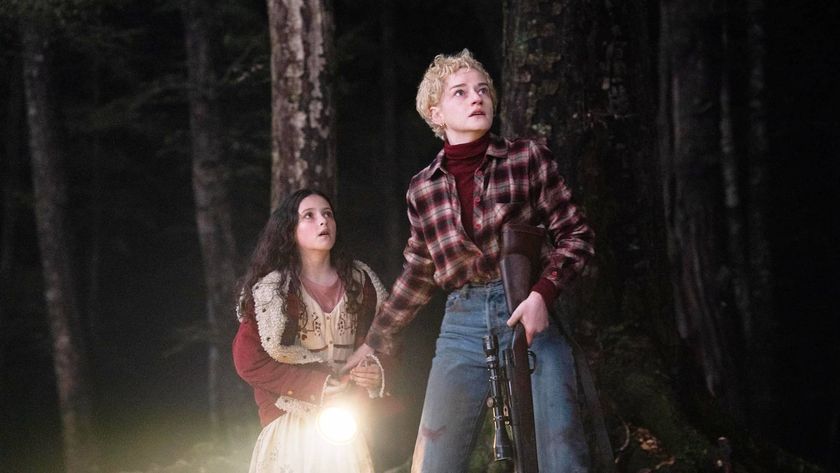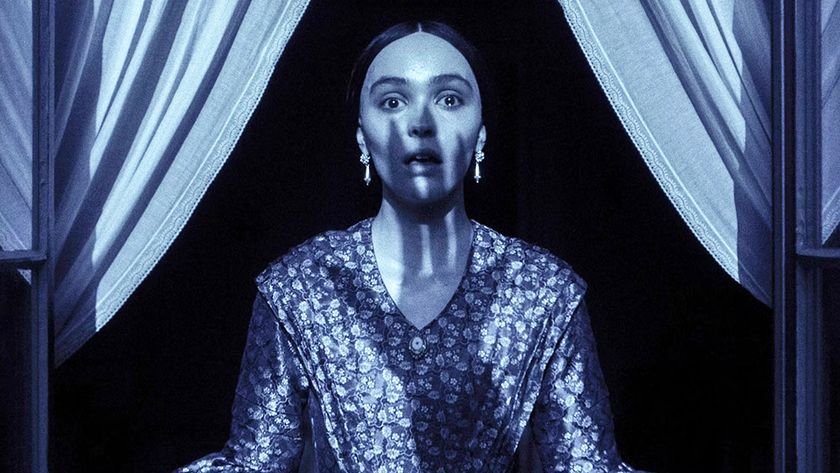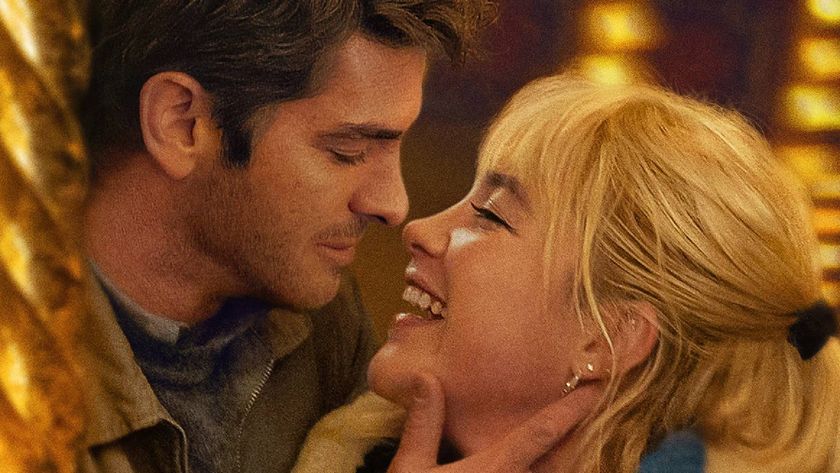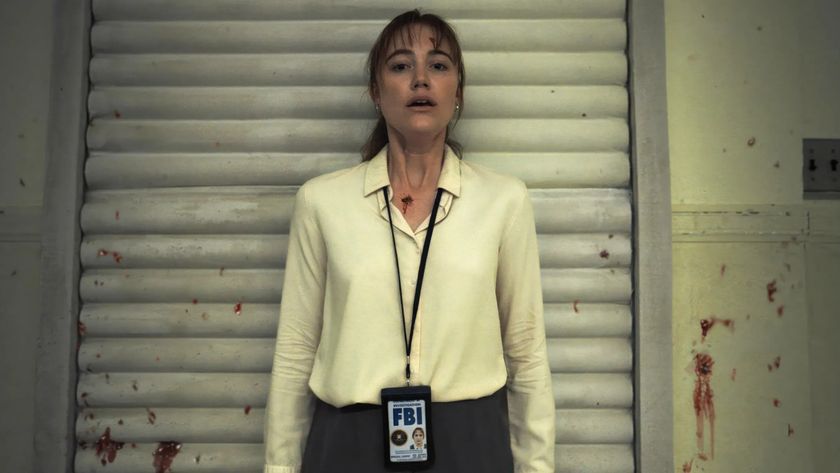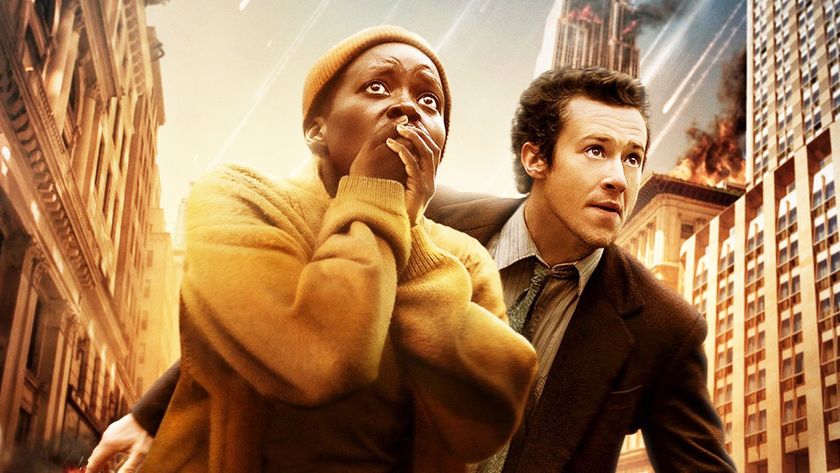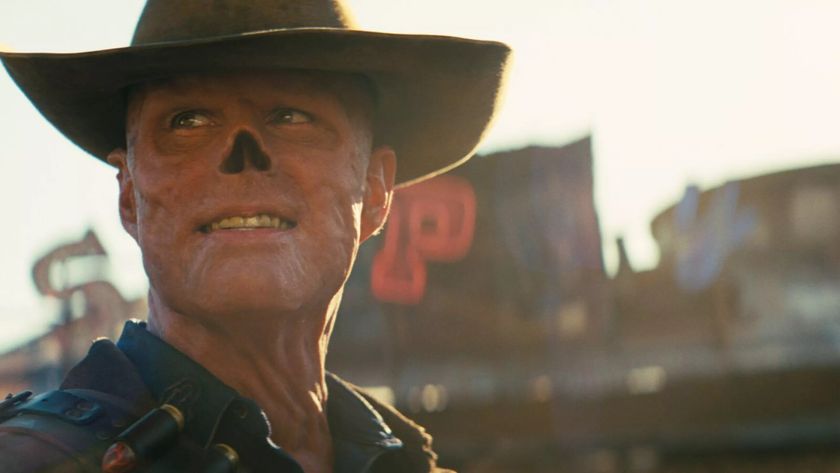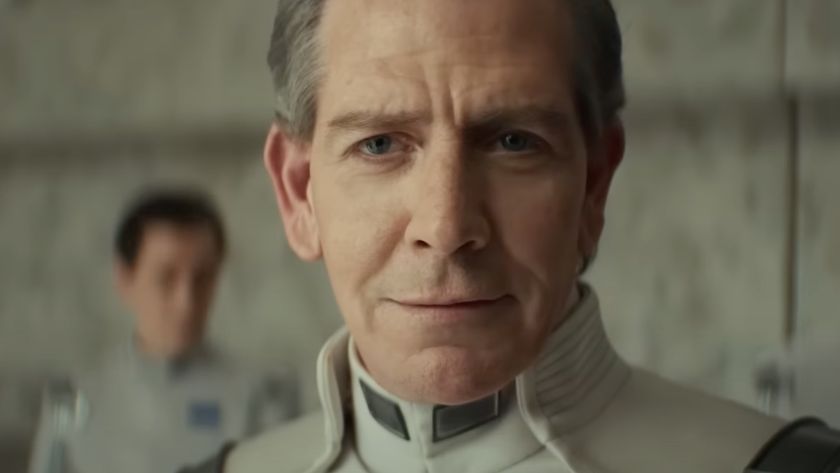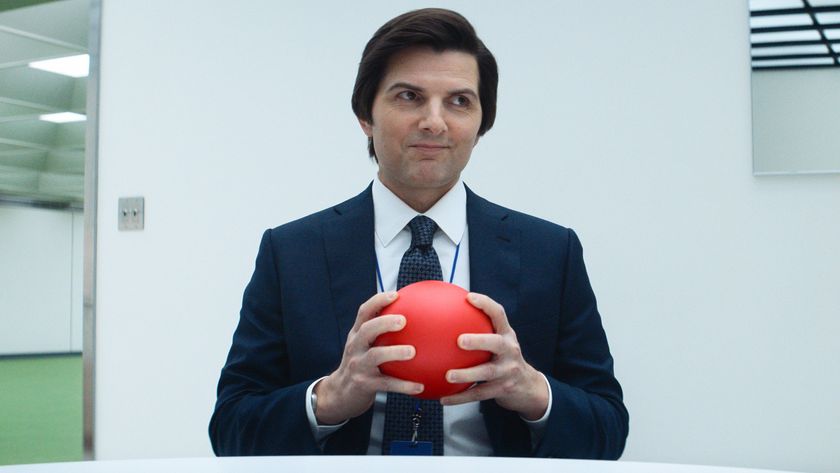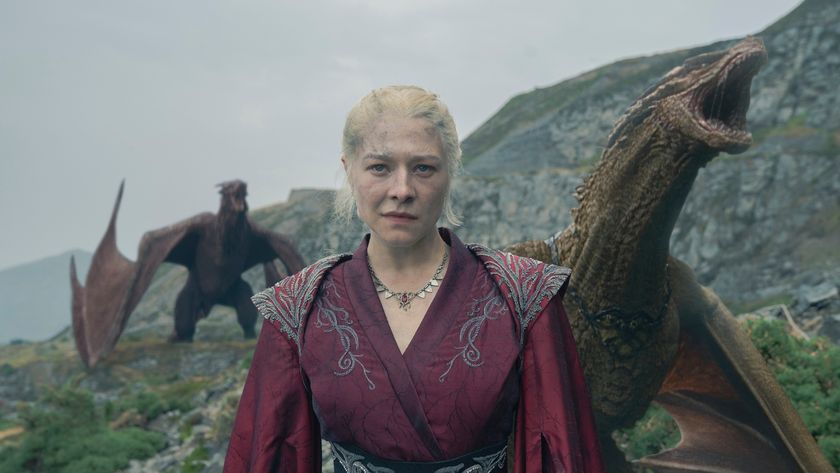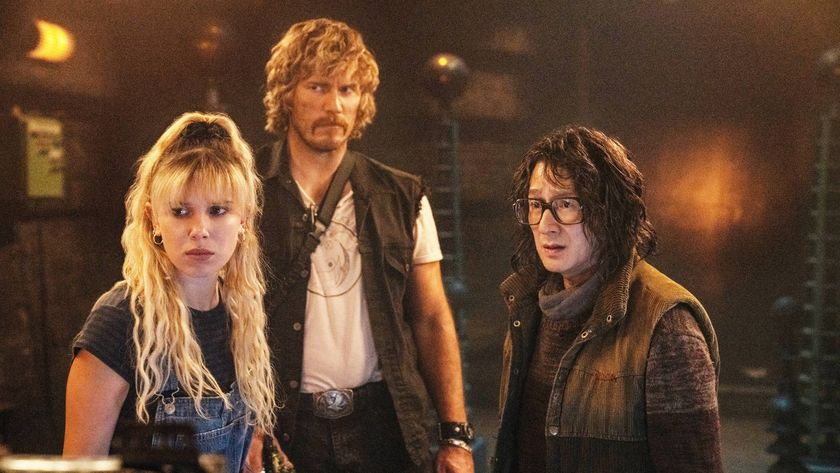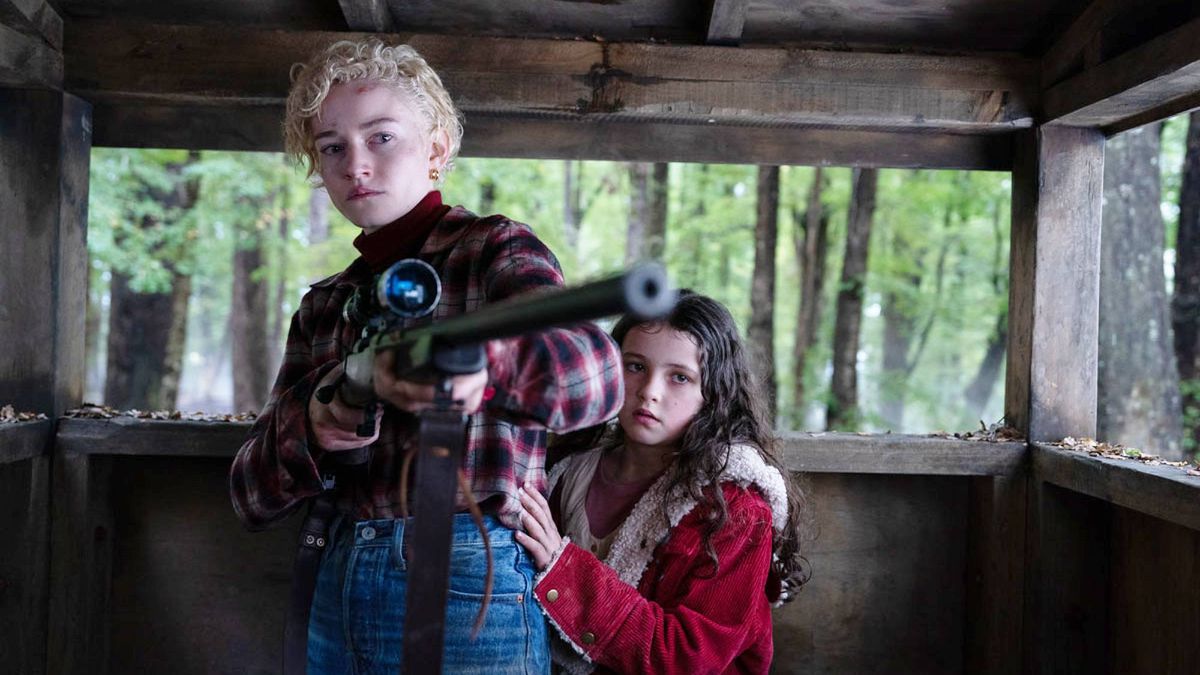
My expectations for a werewolf movie simply titled “Wolf Man” released in theaters during the notorious January wasteland wouldn’t normally be all that high, but this particular “Wolf Man” (opening Thursday night) comes from director and co-writer Leigh Whannell, who brilliantly reinvented another staple of the Universal Monsters lineup with 2020’s “Invisible Man.” That movie left Whannell with a lot to live up to, thanks to its smart, insightful and utterly terrifying take on invisibility as a tool of a manipulative stalker.
Whannell’s “Wolf Man” doesn’t have the same depth in its themes or characterization, but it’s still an effective reinvention of a genre mainstay, and another strong entry in Universal’s current effort to bring modern relevance to its vintage monster characters — in this case, from the 1941 film starring Lon Chaney Jr.
It’s a solid horror movie rather than a harrowing, psychologically complex drama with horror trappings, but that’s enough to keep the audience engaged for 100 minutes or so.
‘Wolf Man’ keeps things simple and direct
The bulk of “Wolf Man” takes place over the course of a single night, on a remote farm in rural Oregon. That’s where Blake Lovell (Christopher Abbott) has brought his wife Charlotte (Julia Garner) and his daughter Ginger (Matilda Firth) following the death of his estranged father (Sam Jaeger). Although they didn’t speak for years, Blake’s father left Blake the family farm in his will, and Blake has convinced Charlotte to spend some time there so that the couple and their daughter can reconnect.
“Wolf Man” opens with a prologue set 30 years earlier, as young Blake encounters a shadowy monster in the woods while on a hunting trip with his stern, strict father. Before that, opening title cards describe a mysterious affliction that befell a local hiker, one that is clearly what modern horror audiences would recognize as lycanthropy. In other words, there’s a werewolf lurking in the woods, and Blake and his family are headed right toward it.
Following that prologue, Whannell and co-writer Corbett Tuck offer some quick but effective character development, with the unemployed Blake feeling distant from his busy wife and struggling to escape the influence of his toxic father to become a more engaged, loving parent than he had growing up. Blake’s solution of leaving the crowded city for a slower, more peaceful lifestyle out in the woods is a common horror movie mistake, and it’s obvious that things are not going to turn out well for the Lovell family in Oregon.
Rather than draw out that threat, though, Whannell almost immediately puts the family into peril, when their moving van swerves off the road in the middle of the woods, leaving them stranded without transportation or communication. They’re stalked by what appears to be the same monster that Blake faced as a child, and they take refuge in his empty, dilapidated childhood home.
‘Wolf Man’ finds fear within the family
The other problem is that Blake has been scratched by the monster during its initial attack, and his wound festers and grows, eventually transforming him into the same kind of creature that’s hunting the family. Since the movie is set over such a short period of time, there’s no room for a gradual descent into madness, and Whannell only lightly engages with the theme of generational trauma, as Blake becomes as much of a were-dad as a werewolf.
Those weightier themes were key to the power of “The Invisible Man,” but “Wolf Man” focuses more on visceral terror, with Charlotte and Ginger soon running from both the monster in the woods and a burgeoning monster inside the house. The practical effects of the werewolf transformation are especially gruesome, and there are multiple gnarly moments of Blake giving in to his violent primal instincts.
Whannell illustrates the alienation of Blake’s transformation by periodically switching to what might be called werewolf vision, showing how Blake literally cannot comprehend the people around him anymore. In that sense, “Wolf Man” is more about tragedy than vengeance, and Blake is not a villain in the way that the title character of “The Invisible Man” was, even if toxic masculinity still plays a part in the danger that he poses.
Abbott makes Blake both scary and sympathetic, even under heavy prosthetics and eventually without speaking at all. Garner, who’s played fierce yet underestimated women in movies like “The Royal Hotel” and the Netflix series “Ozark,” is stuck with a character who’s more reactive, and she doesn’t get the chance to show her emotional range in the way that Elisabeth Moss did in “The Invisible Man.”
That’s a reflection of the more conventional approach in “Wolf Man,” which still features some suspenseful set pieces and starkly frightening moments, but is unlikely to make as much of a lasting impression as Whannell’s previous monster movie.
More from Tom's Guide
Sign up to get the BEST of Tom's Guide direct to your inbox.
Get instant access to breaking news, the hottest reviews, great deals and helpful tips.

Josh Bell is a freelance writer and movie/TV critic based in Las Vegas. He's the former film editor of Las Vegas Weekly and has written about movies and TV for Vulture, Inverse, CBR, Crooked Marquee and more. With comedian Jason Harris, he co-hosts the podcast Awesome Movie Year.
